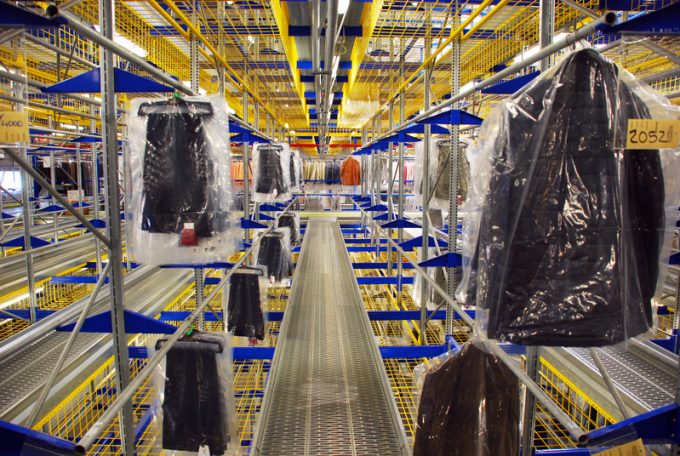US chassis-makers join chorus of trade barrier advocates over 'dumping'
Since mid-January the US government has unleashed a strong push against trade flows with a ...

Fashion brands are facing increasing pressure to revamp their business model and transform their supply chains.
Regulators are turning the screws on the sector by threatening hefty fines, and extreme weather in four major Asian production hubs could take a $65bn toll on the industry.
Weather has hit cotton production hard this year in the top growing areas: catastrophic flooding has damaged about half of Pakistan’s cotton crop; India’s cotton output is estimated to drop about ...
Maersk u-turn as port congestion increases across Northern Europe
Apple logistics chief Gal Dayan quits to join forwarding group
Maersk Air Cargo sees volumes fall as it aims for 'margin in favour of revenue'
Houthis tell Trump they will end attacks on Red Sea shipping
Transpac rates hold firm as capacity is diverted to Asia-Europe lanes
Airlines slash freighter capacity post-de minimis, but 'the worst is yet to come'
MSC revamps east-west network as alliance strategies on blanking vary
India-Pakistan 'tit-for-tat' cargo ban sparks sudden supply chain shocks

Comment on this article